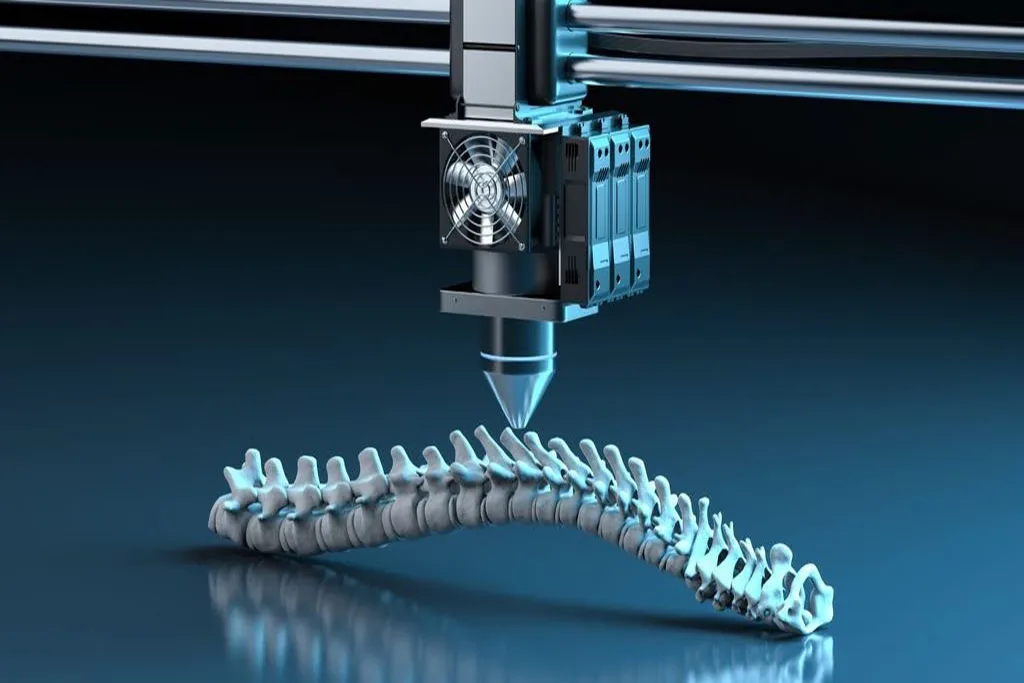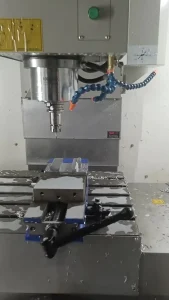With the in-depth exploration of the development prospects of metal 3D printing technology, we have to face a reality that not all metals are suitable for this technology. Although metal 3D printing has made great achievements in many fields with its unique advantages, some metals are still difficult to 3D print due to their unique physical properties. So, which metals are not suitable for 3D printing?

First, some metals with very high melting points, such as tungsten and molybdenum, cannot be 3D printed by current technology due to their high melting temperatures and difficult to control melting processes. These metals may produce severe oxidation or evaporation during the melting process, resulting in printing failure or substandard finished product quality.
Secondly, some metals that have extremely high requirements for the printing environment are also difficult to 3D print. For example, active metals such as sodium and potassium react rapidly when they come into contact with oxygen or water vapor in the air, resulting in the inability to smoothly proceed with the printing process. Such metals require special printing environments and protective measures, and current technology is still difficult to meet these requirements.
In addition, some metals with special crystal structures, such as some rare earth metals, are difficult to maintain stable shapes and properties during 3D printing due to their complex structures, so they are not suitable for 3D printing. These metals may form irregular crystal structures after melting, resulting in unstable or unpredictable performance of the printed products.
Of course, with the continuous advancement of 3D printing technology and the continuous research and development of new materials, more types of metals are expected to be successfully printed in the future. However, as of now, due to various limiting factors, the above-mentioned metals still cannot be processed by 3D printing technology.
In general, although 3D printing technology can print a variety of metal materials, there are still some metals that cannot be 3D printed due to their special properties and requirements. With the continuous development of technology, we look forward to more metals being included in the scope of 3D printing in the future, bringing more innovations and breakthroughs to the manufacturing industry.






